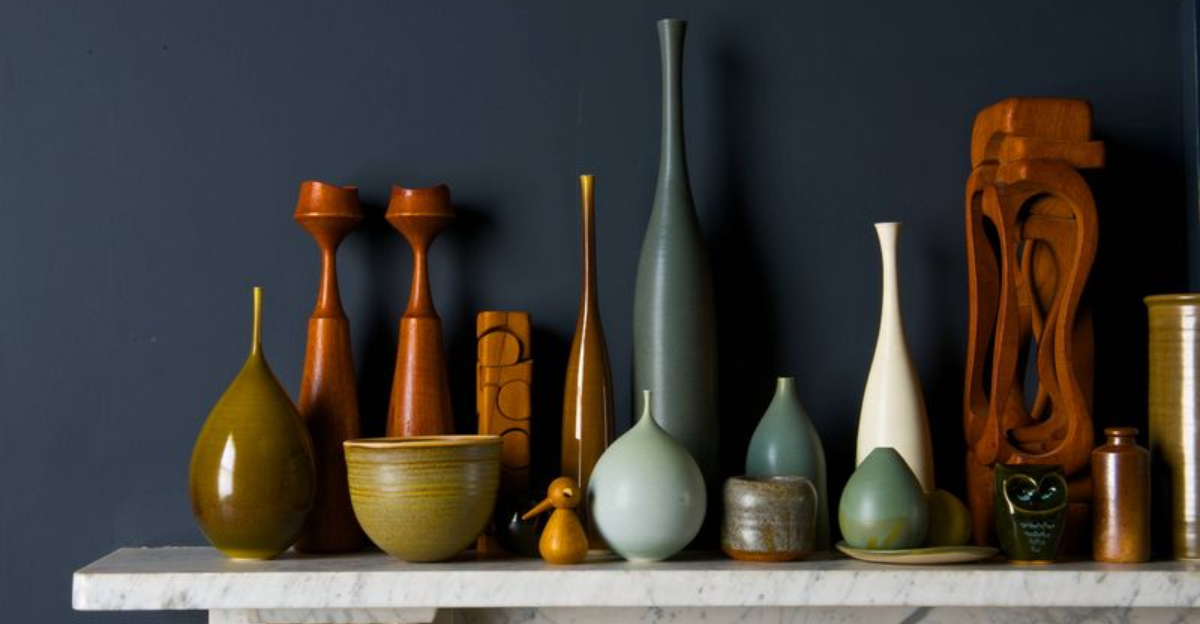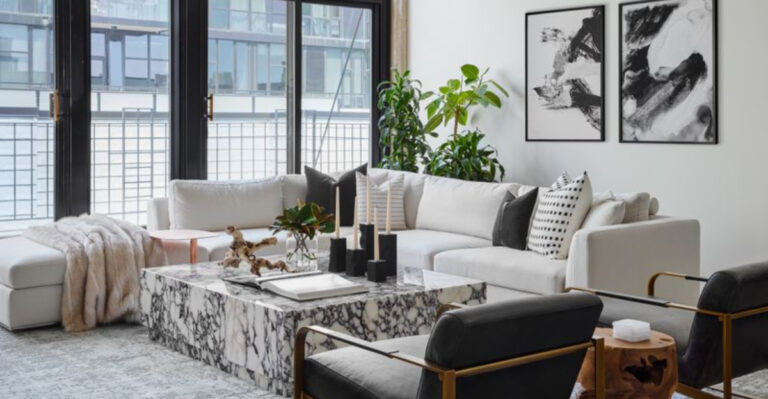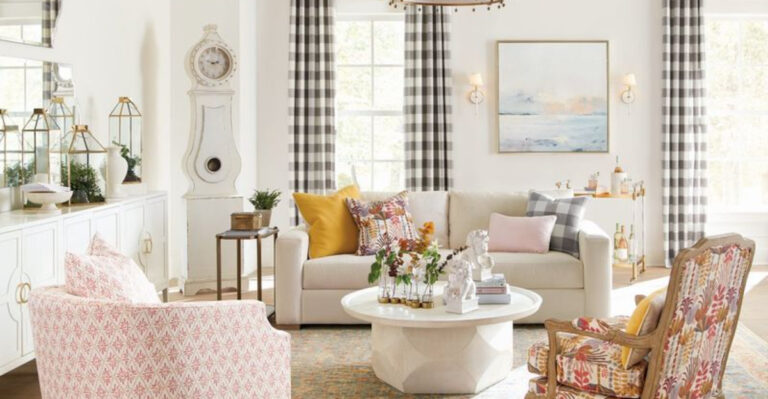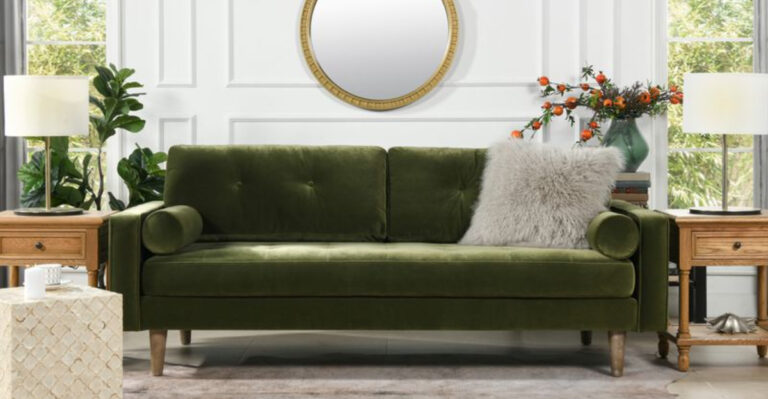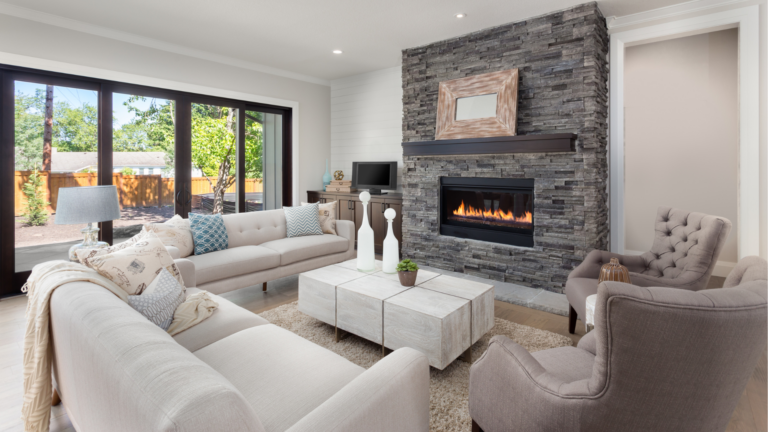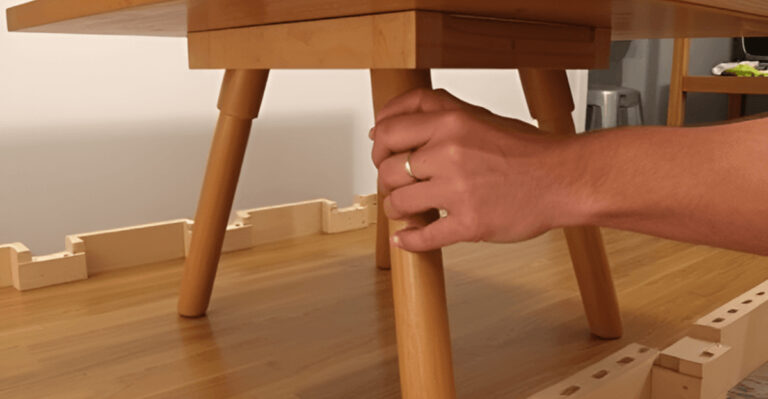10 Living Room Items Designers Always Buy Secondhand And 5 They’d Never Touch
Decorating a living room can quickly drain your wallet if you’re not careful. Professional designers have mastered the art of mixing secondhand treasures with new pieces to create stunning spaces.
Want to know which pre-loved items are worth hunting down and which ones deserve a hard pass? I’ve rounded up the insider knowledge you need before your next decorating adventure.
1. Coffee Tables with Character
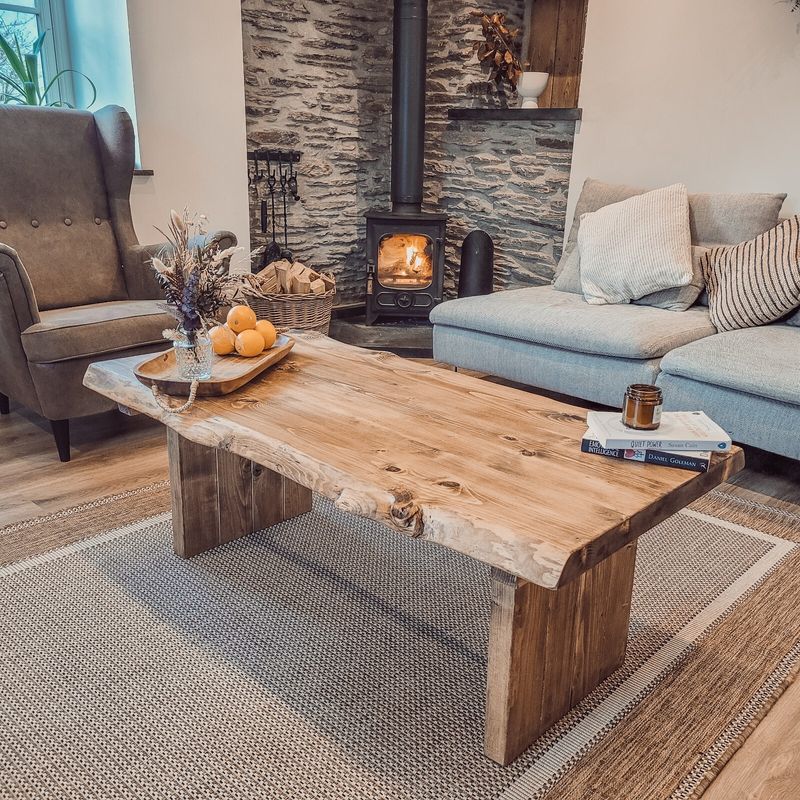
Nothing tells a story quite like a weathered coffee table with history etched into its surface. Vintage wooden pieces often boast superior craftsmanship compared to today’s mass-produced options.
Scratches and patina add authentic charm that money simply can’t buy new. Plus, secondhand tables typically cost a fraction of retail while offering sturdier construction and unique design elements.
2. Vintage Armchairs
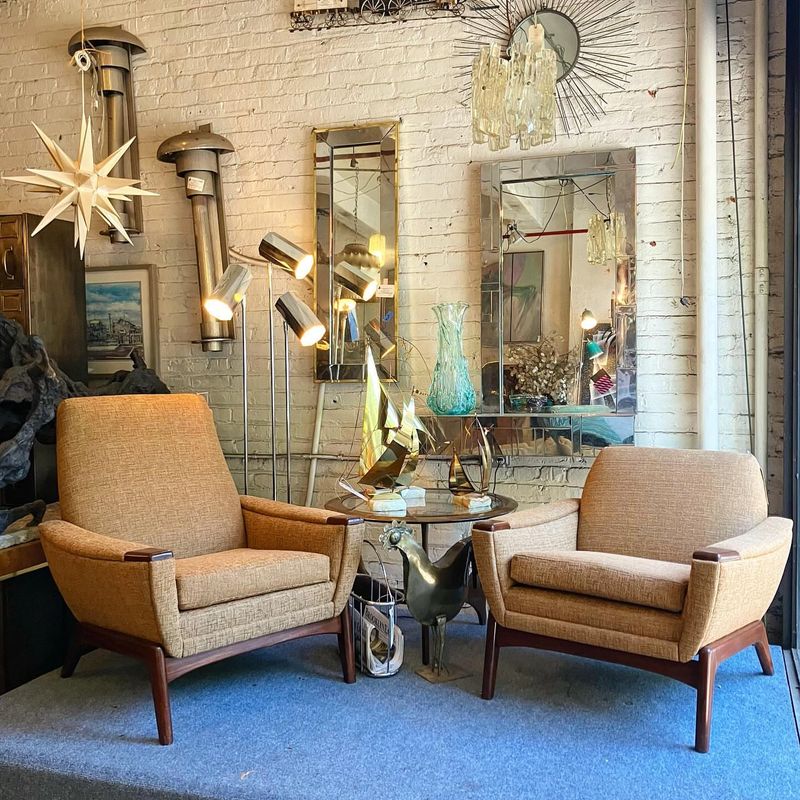
Scoring a mid-century armchair at an estate sale might be the decorating equivalent of finding buried treasure. Well-built vintage chairs often feature solid hardwood frames that have already proven their durability.
Just budget for reupholstering to make it truly yours. Many designers specifically seek out iconic silhouettes from the 50s and 60s that would cost thousands new but can be found secondhand for bargain prices.
3. Solid Wood Bookshelves
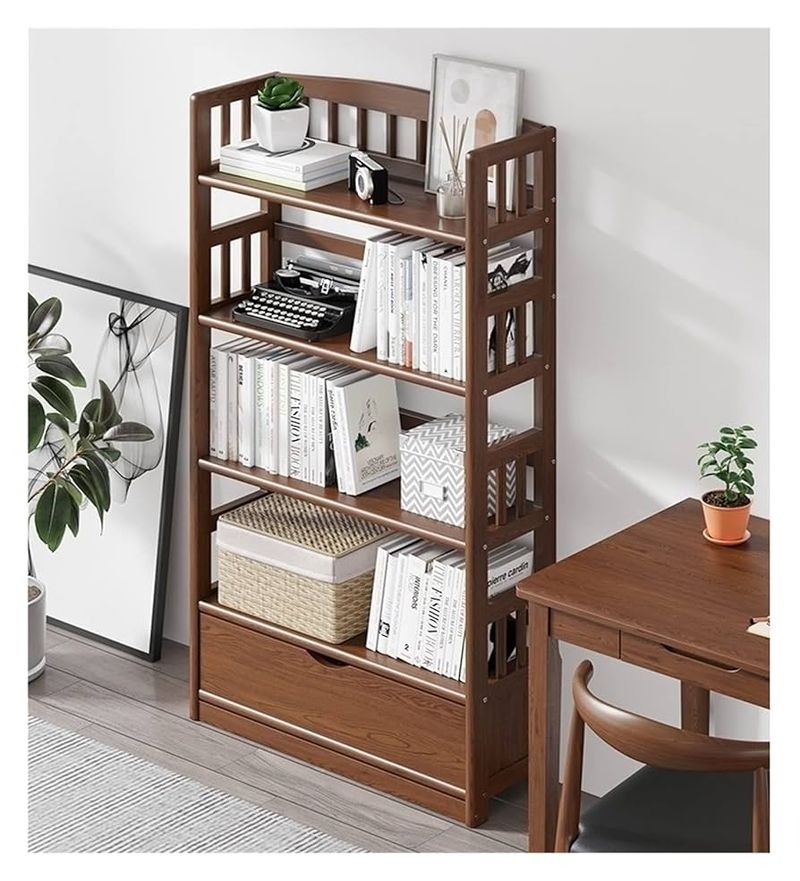
Why pay premium prices for particle board when solid oak shelving waits at thrift stores? Older bookshelves were built to last generations and often feature dovetail joints and quality craftsmanship.
A quick sanding and fresh coat of paint can transform dated pieces into statement storage. Smart designers snap up these sturdy shelves knowing they’ll hold heavy book collections without sagging like newer, flimsier options.
4. Statement Mirrors
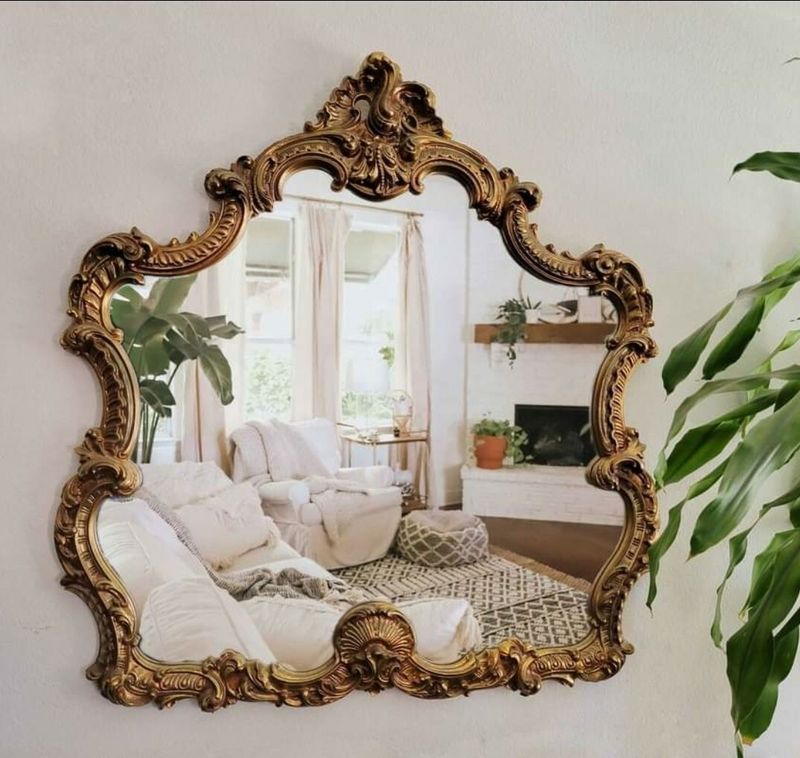
Antique shops and estate sales often hide ornate mirrors with elaborate gilded frames or unique shapes that would cost a fortune new. Mirrors with age spots or slight imperfections add mysterious charm to living spaces.
Older mirrors often feature thicker glass and hand-finished details, making them stand out as timeless statement pieces. A well-placed mirror instantly elevates a room while reflecting light to make spaces feel larger and more dynamic.
5. Antique Sideboards
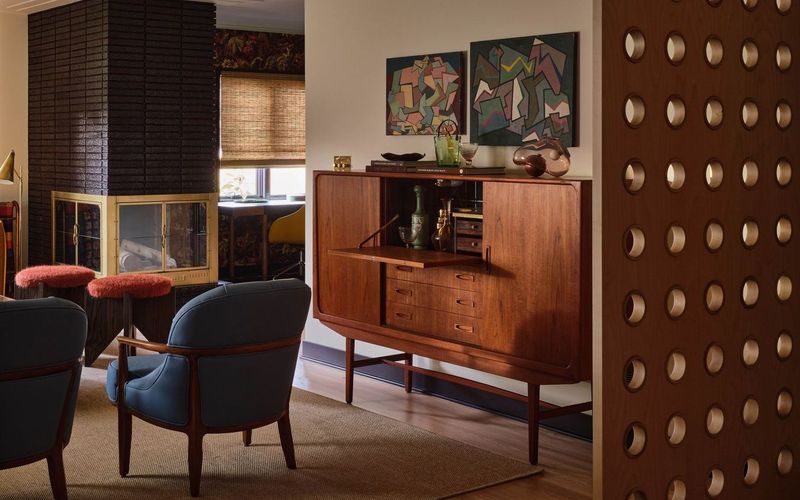
Walking into a room with a beautifully aged sideboard creates instant visual intrigue. Older pieces offer exceptional storage and display space while showcasing craftsmanship rarely found in contemporary furniture.
Look for solid construction and unique hardware details. Designers prize these versatile pieces for hiding media equipment, storing extra linens, or serving as sophisticated bars—functions that highlight their adaptability in modern living spaces.
6. Mid-Century Lighting
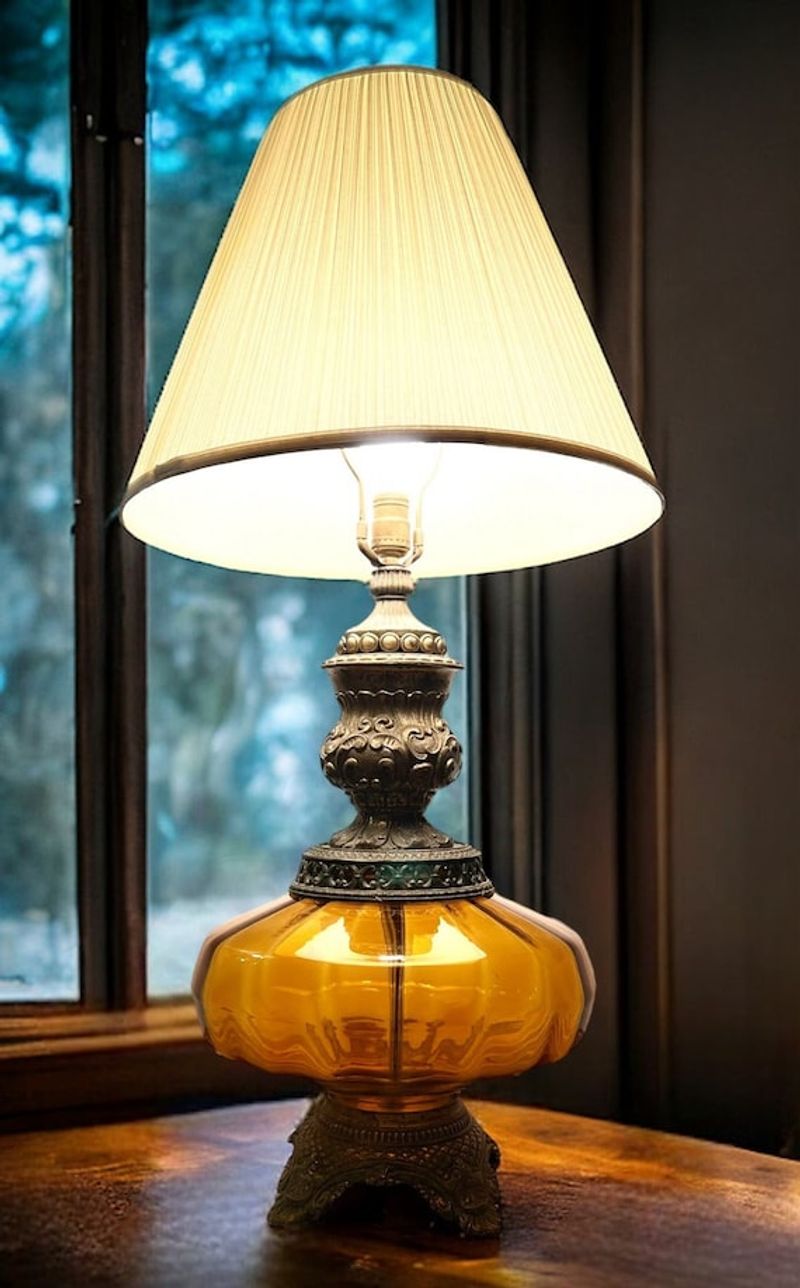
Vintage lamps and light fixtures bring unmatched character that mass retailers simply can’t replicate. From sleek brass floor lamps to funky ceramic table lamps, secondhand lighting often features higher quality materials.
Just make sure to have old wiring checked by an electrician. Professional decorators regularly hunt for distinctive lighting pieces at flea markets, knowing unique illumination creates ambiance while serving as functional sculpture in well-designed living rooms.
7. Decorative Pottery and Vases
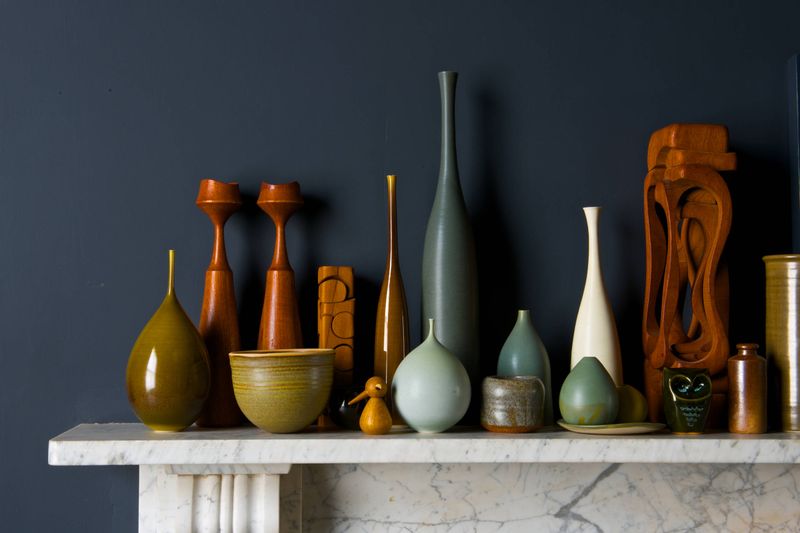
Browsing thrift store shelves often reveals handcrafted pottery pieces with distinctive glazes and organic imperfections that add soul to sterile spaces. Vintage ceramics bring texture and history that new mass-produced pieces simply can’t match.
Grouping several found vessels creates instant visual interest. Mismatched pottery in complementary colors forms compelling vignettes that tell stories and highlight a homeowner’s unique aesthetic sensibilities.
8. Framed Artwork
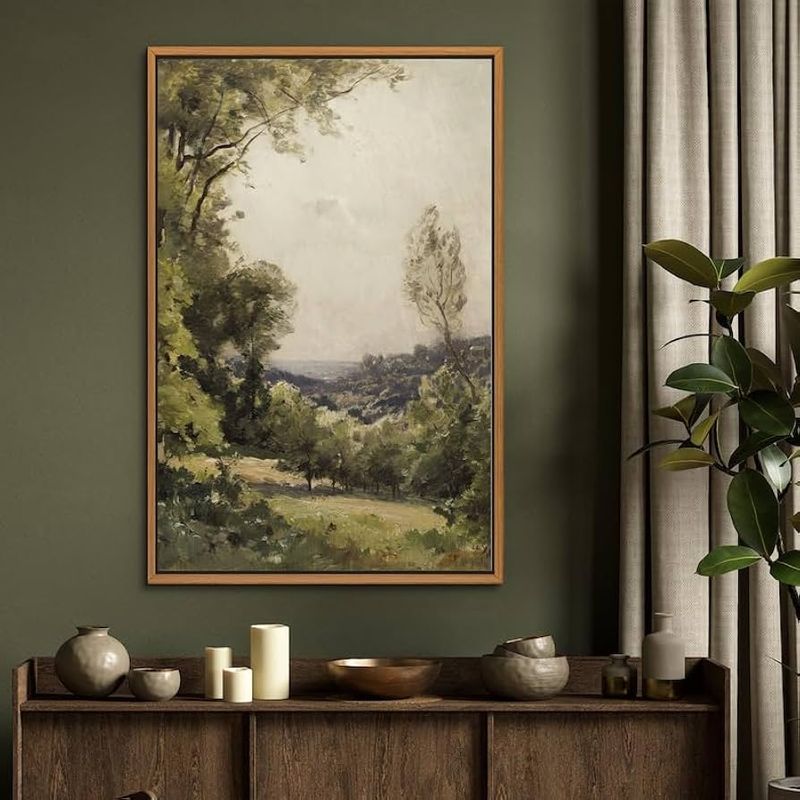
Art galleries charge premium prices, but secondhand stores overflow with interesting paintings and prints just waiting for appreciation. Even if the art itself doesn’t speak to you, vintage frames often cost less used than new frames would empty.
Original paintings, even by unknown artists, bring authenticity to walls that mass-produced prints simply cannot achieve, creating focal points with genuine creative energy.
9. Persian or Oriental Rugs
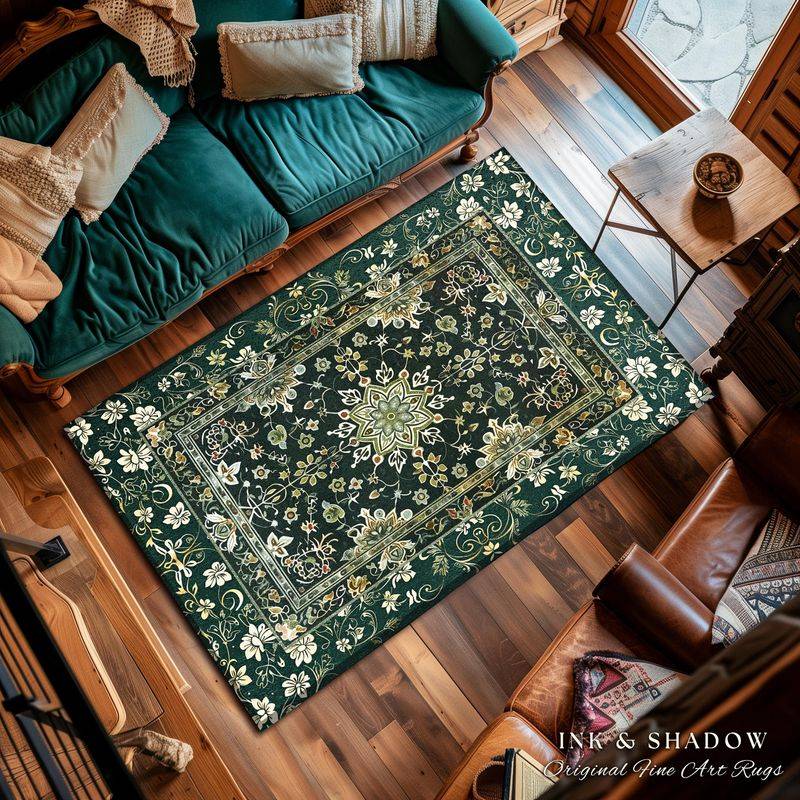
New handmade rugs can cost thousands, while pre-loved versions with slight wear offer incredible value. Natural fading actually enhances the character of these timeless floor coverings, creating subtle color variations that feel intentional.
Look for wool construction and hand-knotted craftsmanship. Vintage rugs ground spaces with rich history and unmatched durability, often becoming the foundation upon which entire room designs are built.
10. Unique Accent Tables
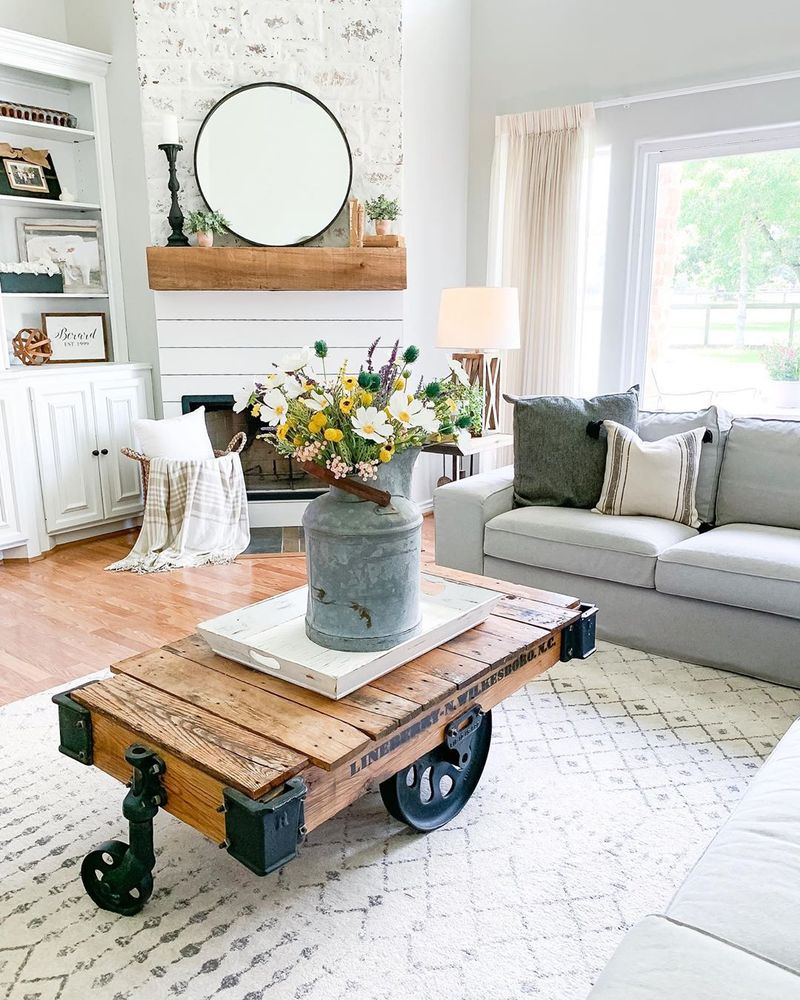
Small side tables with personality make perfect candidates for secondhand shopping. Unusual materials like marble, brass, or exotic woods command high prices new but can be discovered affordably at estate sales.
Mismatched accent tables create more visual interest than matching sets. Distinctive pieces with sculptural qualities or unexpected details serve as conversation starters while performing essential functions in thoughtfully arranged living spaces.
11. Upholstered Sofas
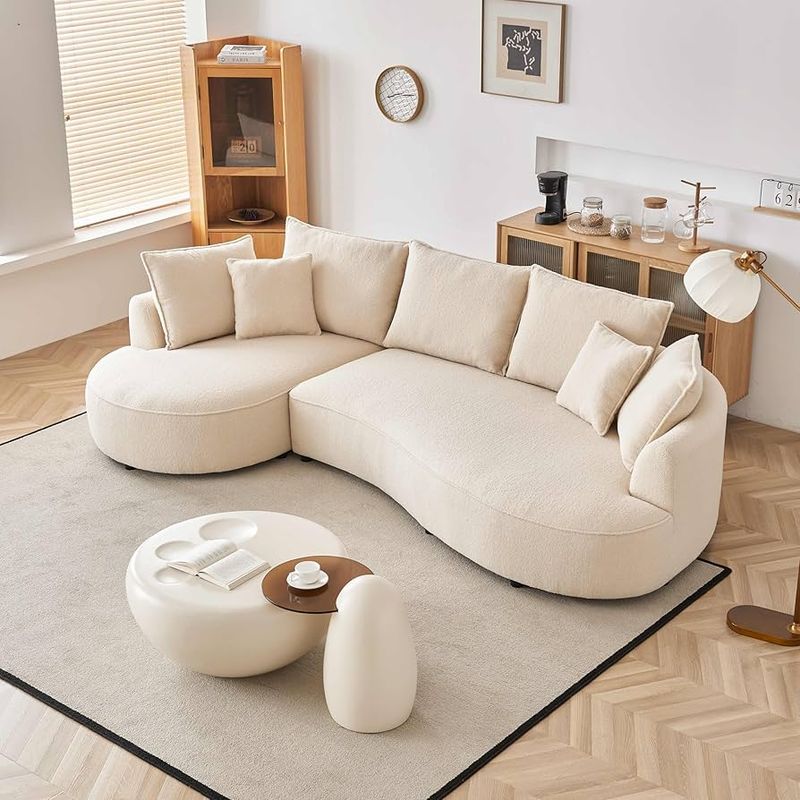
Beware the seemingly perfect secondhand sofa! Hidden beneath that attractive exterior might lurk unwelcome houseguests like bedbugs or dust mites that are nearly impossible to eliminate completely.
Mysterious stains could indicate anything from spilled wine to bodily fluids. Even professional cleaning can’t always remove deep-seated odors that might only become apparent after bringing the piece home. Most designers insist this investment piece should always be purchased new.
12. Throw Pillows or Cushions
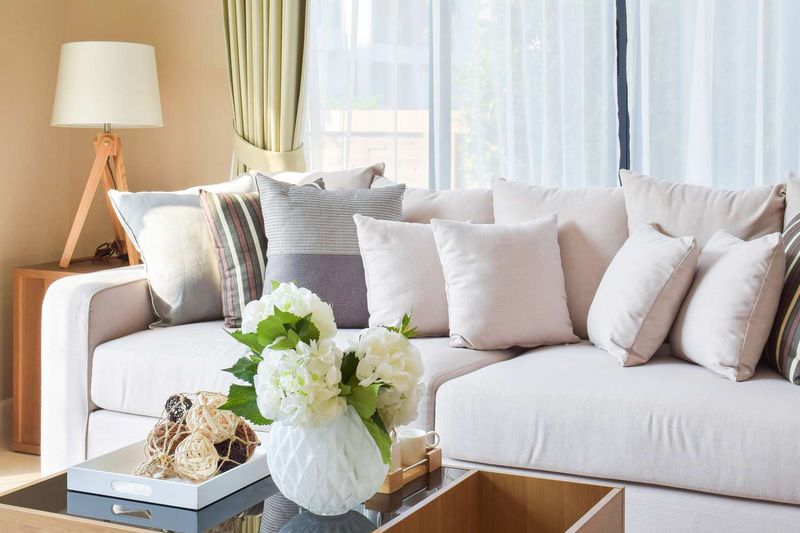
Fabric items that can’t be thoroughly cleaned pose significant hygiene concerns. Secondhand pillows might harbor allergens, skin cells, and hair from previous owners that trigger reactions in sensitive individuals.
Fabric deteriorates with use, making used cushions less supportive and potentially uncomfortable. Interior designers recommend splurging on new throw pillows to add fresh color and texture while maintaining cleanliness standards, especially since they’re relatively affordable compared to larger furniture pieces.
13. Worn-Out Recliners
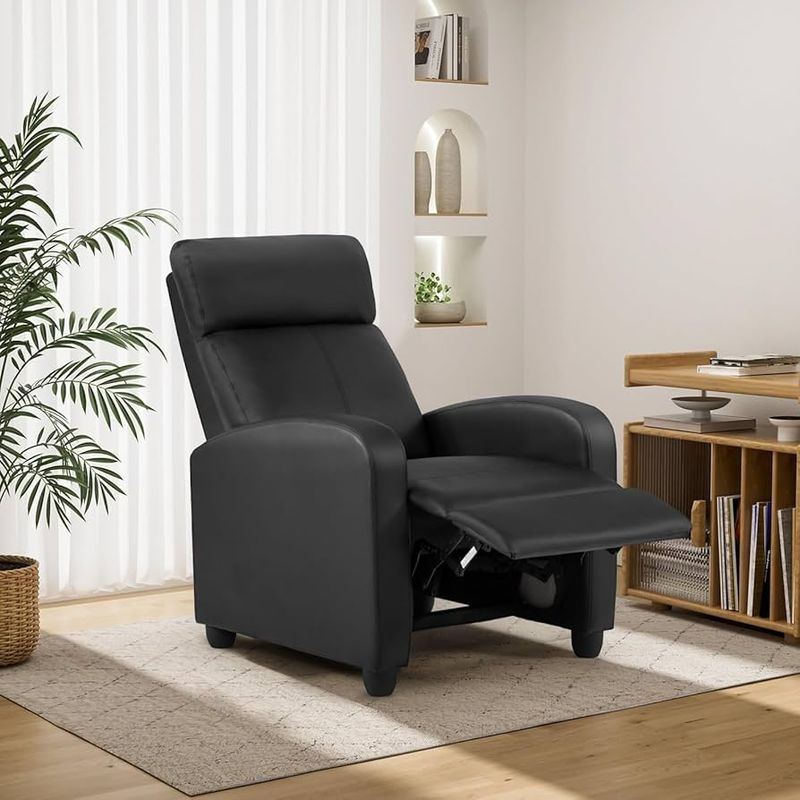
Mechanical components in recliners frequently wear out after years of use, making secondhand purchases particularly risky. Springs lose tension, levers break, and mechanisms jam—often without visible warning signs during inspection.
Fabric in high-friction areas typically shows excessive wear. Most professionals avoid used recliners entirely, recommending clients invest in new pieces with warranties that ensure proper function and longevity for these heavily used comfort items.
14. Old Electronics or Media Consoles
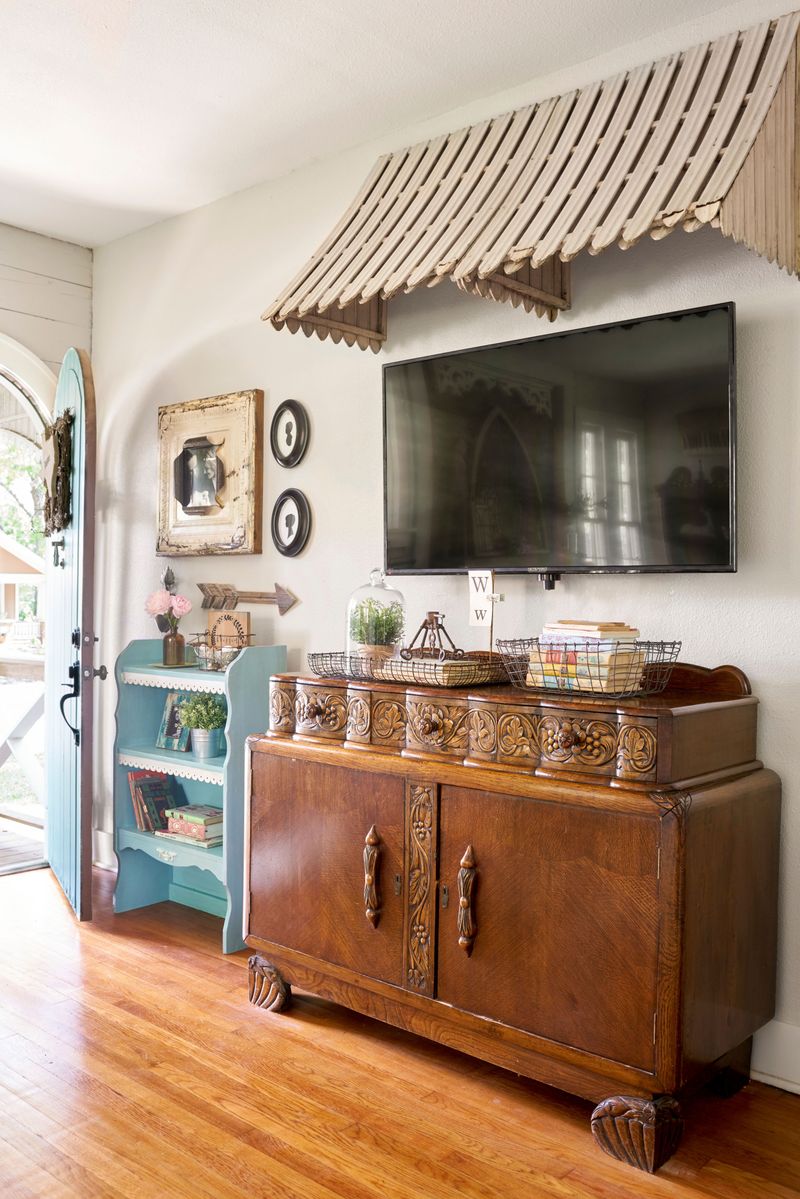
Outdated media furniture rarely accommodates modern technology needs and often features awkward cable management systems designed for obsolete equipment. Older TV stands typically lack proper ventilation for today’s electronics.
Built-in component shelving frequently doesn’t fit current devices. It’s often better to invest in new media consoles specifically engineered for modern entertainment systems, offering proper dimensions and integrated cord management solutions.
15. Mass-Produced Wall Art
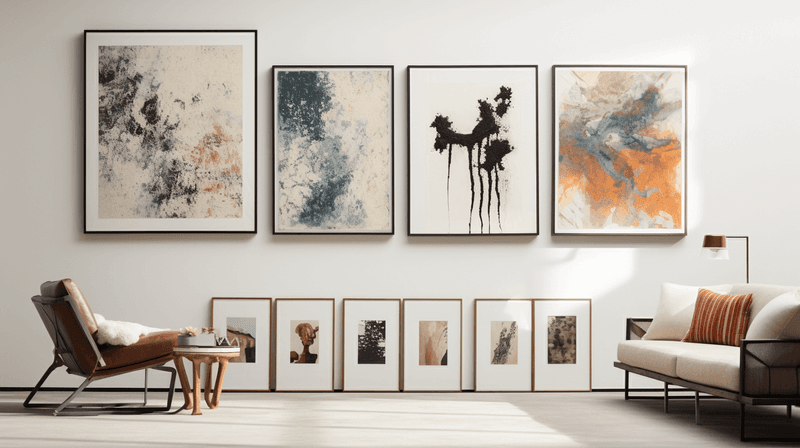
Factory-made prints from big box stores quickly lose value and often show visible damage when purchased secondhand. Faded colors, yellowed paper, and water damage are common issues with budget artwork that’s already lived one life.
Why buy someone else’s generic decor when affordable new options abound? It’s often better to invest in original pieces by local artists or high-quality new reproductions that reflect personal taste more authentically than secondhand mass-produced art ever could.

